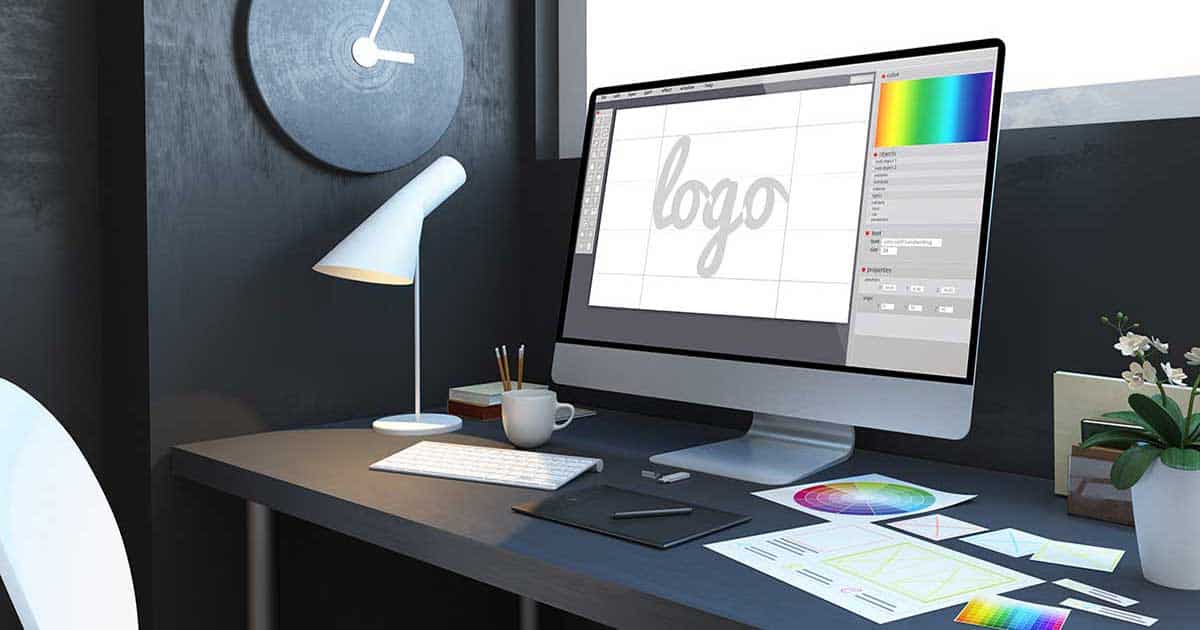
There are several characteristics that a logo should have in order to stand out:
Simplicity: A simple and clean design is often more effective and memorable than a complicated one. Yes, simplicity is an important characteristic of a successful logo. A simple logo is easier to recognize and remember, and it is often more versatile and adaptable to different contexts. A complicated logo, on the other hand, may be harder to understand and may not be as effective in communicating the brand or company it represents.
Uniqueness: A logo should be unique and distinguishable from other logos in the same industry.
Relevance: A logo should be relevant to the company or brand it represents, and should accurately reflect its values and mission.
Versatility: A logo should be able to work well in a variety of contexts, such as on different backgrounds and in different sizes.
Scalability: Scalability is the ability of a logo to work well in a variety of sizes. It’s important for a logo to be scalable because a company or brand may need to use it in a range of contexts, such as on social media, on a website, on business cards, or on promotional materials. A logo should be able to be used in both small and large sizes, and should remain clear and legible when resized.
Memorable: A logo should be memorable and easily recognizable, so that it can be associated with the company or brand it represents.
Consider negative space: Negative space, also known as white space, is the space around and between the elements in a design, such as a logo. Negative space can be an important tool in logo design, as it can help to create balance, emphasis, and visual interest in the design.
Use color wisely: Color can be a powerful tool in logo design, but it’s important to use it wisely. Choose a color scheme that reflects the personality and values of your brand, and be mindful of how different colors can be perceived by your audience.
Think about typography: The font you choose for your logo can have a big impact on its overall appearance. Typography is the art and technique of arranging type to make written language legible, readable, and appealing when displayed. In logo design, typography can be an important element, as it can help to convey the personality and values of a brand, and can also contribute to the overall aesthetic of the logo.
Test it out: Before finalizing your logo, test it out in a variety of contexts and formats to see how it looks and performs. Consider getting feedback from a diverse group of people to see how they perceive your logo.
Overall, a good logo should be visually appealing, unique, relevant, versatile, scalable, and memorable. With these characteristics in mind you can create a strong and effective visual identity for your company or brand.
